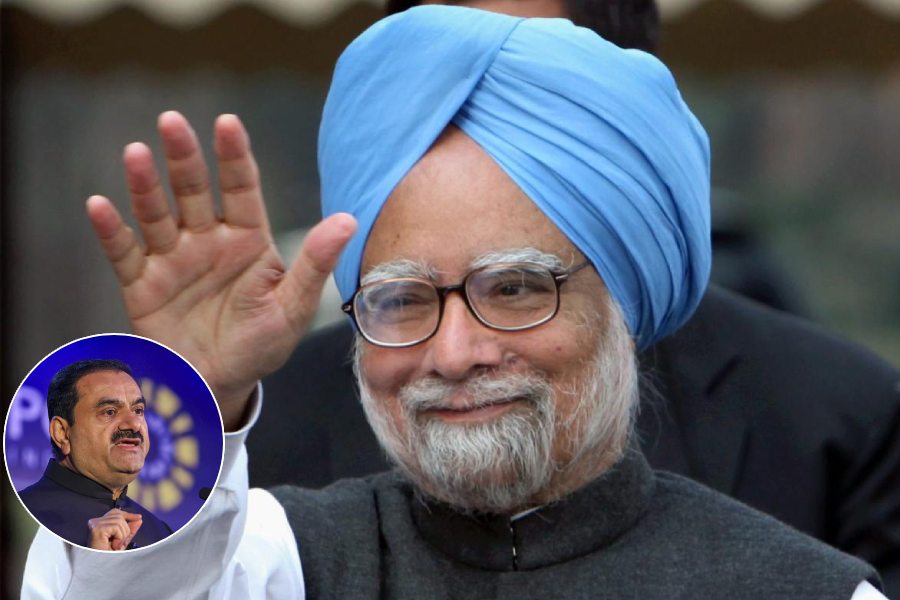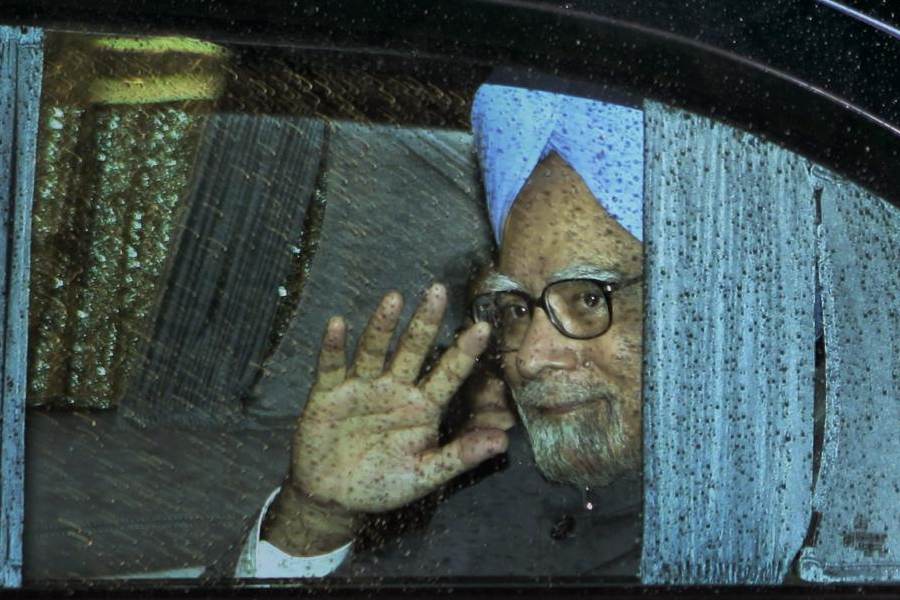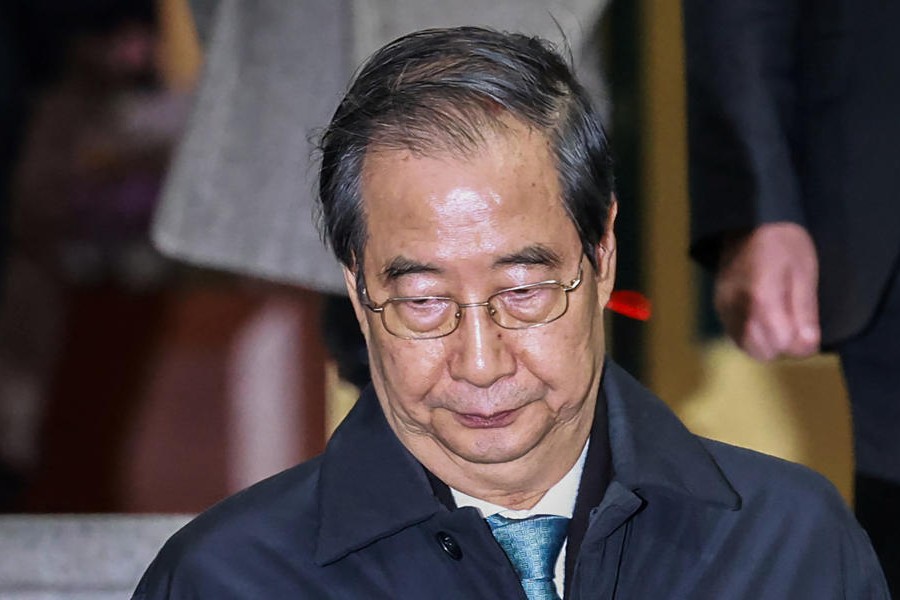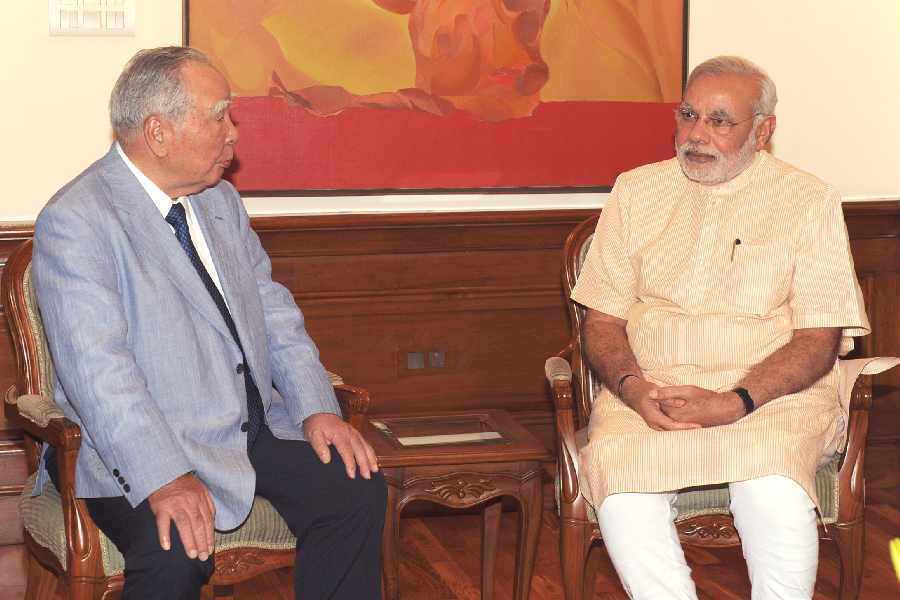The Centre will ensure that under-trial prisoners who have spent more than one-third of the maximum jail sentence for the crime of which they are accused are released by Constitution Day today. This announcement by the Union home minister at the All India Police Science Conference may be the best way to honour the Constitution. For these under-trial prisoners, justice has not come through trial and a court-directed penalty. Instead, they have been incarcerated for months, occasionally years, with no reprieve. Hence, this decision of the government is a kind of justice, since the expected time for placing charge sheets and commencing trials has been exceeded. This is a failure of the law-enforcement system which cannot be placed at the prisoner’s door. But this does not apply to those accused of heinous crimes for whom the maximum prison sentence would be life. Rape, murder and violence against women are accusations that cannot be easily lived down, neither should they be. But the release would be meaningful for those accused of less heinous crimes and others incarcerated for political reasons. Shall the latter be released too?
Under-trial prisoners make up around 76% of those incarcerated in India’s overcrowded prisons, according to 2022 figures. Of somewhat over five lakh prisoners, four lakh and more are awaiting trial. If the Centre does succeed in releasing all those who have spent more than one-third of their possible maximum sentence, it would lighten both the prisons’ load as well as the load on the justice system. Many of these prisoners come from socially and economically underprivileged backgrounds. It is important that there be no discrimination in the system of release. Equally important would be the issue of their rehabilitation. They would re-enter society with a stigma, whether or not they were guilty. This is not easy, either psychologically or from the point of view of livelihood. Since an arm of the State was responsible for their incarceration and lack of trial, it is up to the State to provide them with all the necessary support once they are released. Is there such a support system in place? Without it, the benefits of release will remain elusive. Those belonging to underprivileged or less educated societies particularly need the support as would all women released. The release should not become a new way to oppress them.











